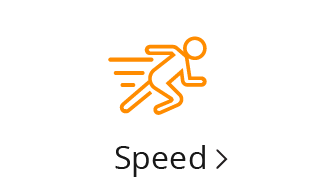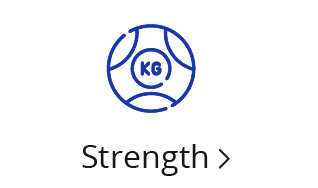Endurance training are activities or drills which are aimed at improving the aerobic capacity. A good aerobic capacity is the ability for the aerobic system (cardio-respiratory and cardio-vascular) to deliver oxygen to the working muscles. And, for the working muscles to utilise the aerobic pathway to generate energy.
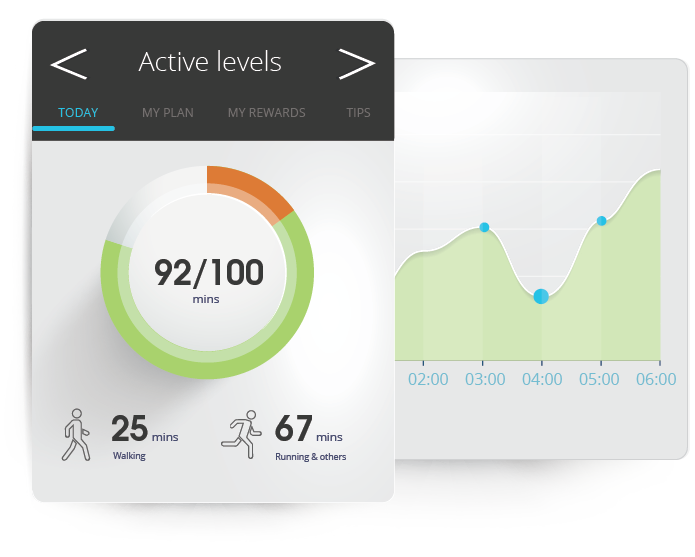
This is a tricky question, as there are various factors to consider.
The national guidelines for physical activity for young people are to perform 60 minutes of moderate to vigorous activity daily i.e. in the form of walking, free play, skateboarding, cycling etc. If the young athlete is completing the physical activity requirements, it is less important to perform further aerobic training.
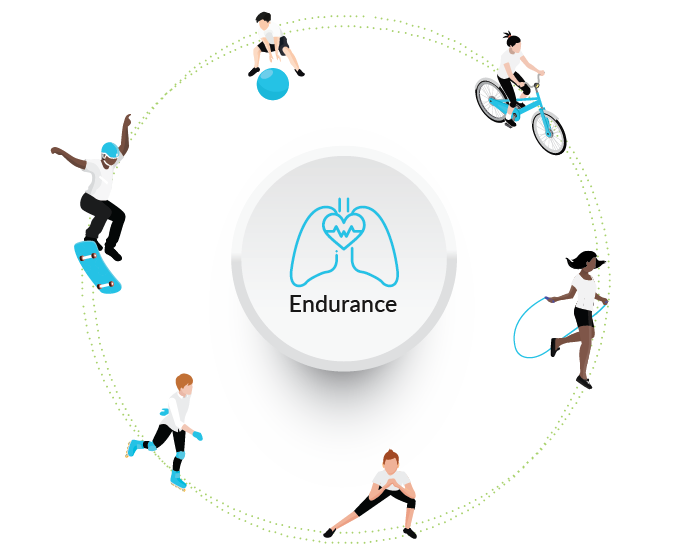
Additionally, as children and young people need to focus on their movement skills and the development of strength, speed, power and agility, adding lots of aerobic training can push the young athlete into an overtraining, fatigue and burn-out state. Read more about the importance of Rest and Recovery.
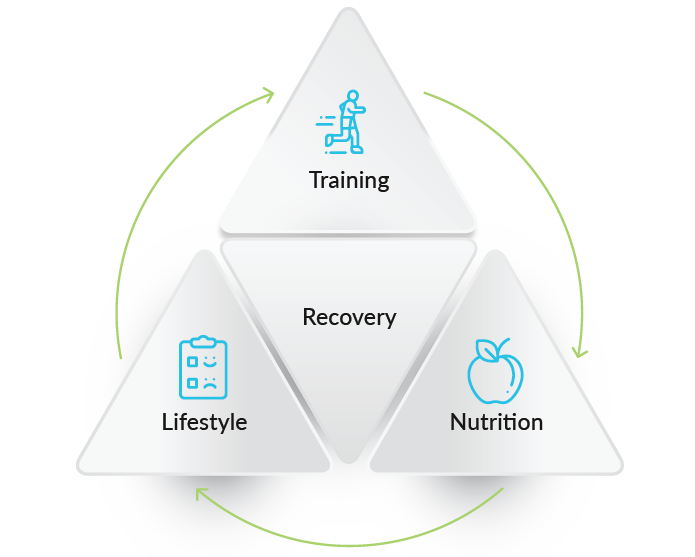
After peak height velocity (PHV), so for boys approximately 11 years old, and for girls 10 years old, a period of aerobic training might be beneficial, especially if they have become less active and/or are starting a LTAD slightly later. However, the other physical qualities still need to be considered. As previously discussed, we would highly recommend a multi-sport approach for our young athletes to help support in the development of overall fitness, including endurance. If aerobic training is prescribed, the recommendations are to follow the FITT Guidelines:
- Frequency - 3 – 4 sessions per week
- Intensity - 85 – 90% max heart rate
- Time - 40 – 60 minutes
- Type - Mixture of continuous and interval type training using large muscle groups

The 300-yard Shuttle Test:
The 300-yard shuttle run is an excellent way to monitor aerobic capacity, as it requires minimum equipment and can be completed quickly. To perform the test, watch the Young Champions instructional video and follow the guidelines:
Steady State Training: Completing activities such as running, cycling etc, at a steady state of intensity for 20 minutes or more, gradually increasing the time.
Interval Training: This involves working very hard, and then taking some time to recover in between exercises. Circuit training is a great example of interval training and will generally improve endurance quicker than steady state training.
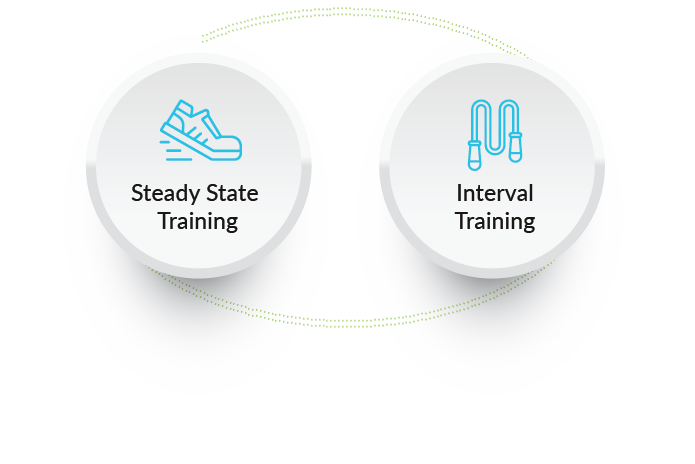
Endurance and fatigue are not just a physical issue, we can become mental drained through excess concentration or stress, it can also follow on from physical fatigue. True Champions find a way. There is a motivation and drive within them to get through, to find that extra bit of energy even when it doesn’t seem possible.
More information can be found on our Psychology of Champions section.
Next section... Strength Development




